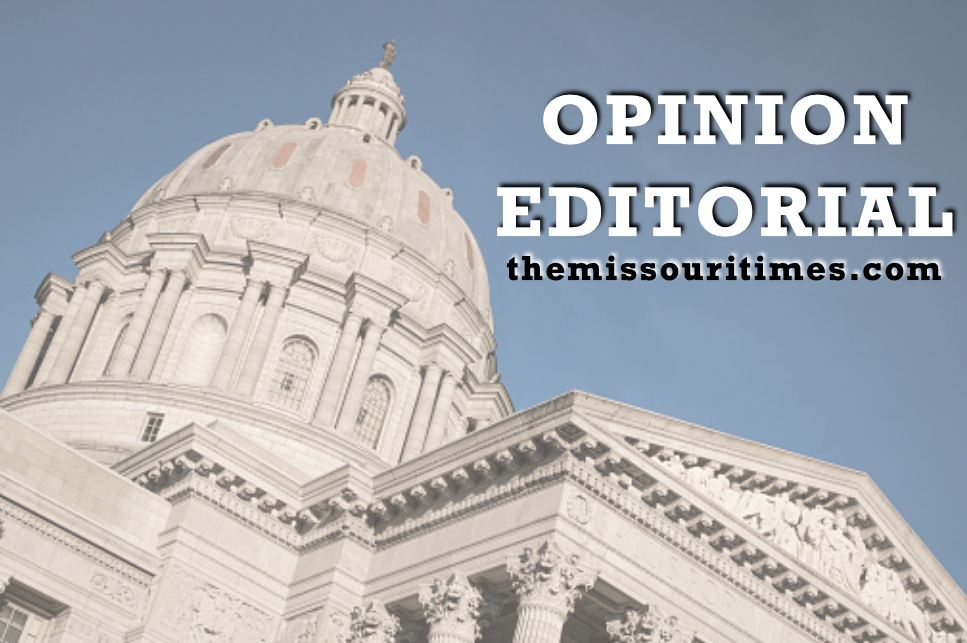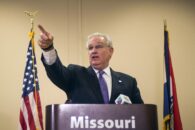Americans across the country are struggling to cover the cost of medical services and prescription drugs and too many are now forced to choose between covering their living expenses or paying for their next doctor’s visit or dose of medicine.
Over the last ten years, healthcare spending per person in America grew by more than 45% to a total of $12,914 in 2021. This has left about half of U.S. adults experiencing difficulties affording the cost of medical care and 13% of Americans currently grappling with medical debt in collections. Recovering these funds is now shockingly the top source of work for collections agencies, accounting for more than all other kinds of debt in collections combined, and illustrating the broken state of our healthcare system.
Many Americans have in particular, been affected by rising costs at the pharmacy and of insurance. About a quarter of adults say they or family member in their household have not filled a prescription, cut pills in half, or skipped doses of medicine in the last year because it was simply too expensive. The Kaiser Family Foundation Employer Health Benefits Survey, meanwhile, found that individual coverage premiums for health insurance increased by 58 percent from 2010 to 2022 and family coverage premiums increased by over 63 percent. That equates to more than $700 increase in the price of insurance coverage for the average American family each year for the last 12 years. These high costs have left millions of Americans uninsured, and millions more chronically underinsured and lacking affordable access to healthcare.
Regrettably, policymakers in Washington are now considering detrimental changes to a program that was created to expand access to lifesaving pharmaceuticals and critical health services in some of America’s most underserved communities. This is a concerning development, as it may only exacerbate many of the healthcare accessibility challenges Americans are already facing.
The program in question, 340B, has provided rural and safety-net hospitals and healthcare facilities with the ability to purchase discounted pharmaceuticals for the low-income, underinsured, and uninsured patients that they serve. The cost savings are then leveraged to offer low or no-cost drugs to patients who are struggling financially as well as to provide more charity care and comprehensive services at healthcare facilities.
Given the fact that approximately 1 in 5 Americans live in rural areas, programs like 340B are critical. That number equates to about 60 million Americans across the country that rely on a rural healthcare facility to provide critical lifesaving services as well as other more routine, but necessary, medical treatments. But with almost 30 percent of rural hospitals in the United States at risk of closing, primarily due to financial difficulties, the 340B program serves as an essential source of support.
Congress is now considering reforms that while well-meaning could make continued participation in the 340B program untenable for many hospitals, effectively forcing them out. The changes being considered would force participating healthcare facilities to contend with new administrative hurdles that would among other things require these facilities to undergo an arduous recertification process every year. Many may simply not be able to grapple with this paperwork burden. Other proposed amendments could also stop new hospitals from enrolling in the 340B program, accelerating the financial death spiral many of these safety-net hospitals are contending with. Lawmakers and regulators should reconsider such drastic measures as they could very well limit access to care for patients across the U.S.
Oversight of the 340B program to ensure it is operating as originally intended is well within the scope of Congress, and legislators should focus their effort on this goal. Pushing back on the efforts of several pharmaceutical companies, for example, that are working to convert 340B to a back-end rebate program that would add another administrative layer to the process and force financially vulnerable healthcare facilities to front the cost of drugs would be a good start. Any other reforms to the 340B program should remain targeted at rooting out waste, fraud, and abuse and leaders in Washington should avoid taking overly aggressive action that could arbitrarily restrict access to the program and bury small rural small hospitals in mounds of bureaucratic red tape.
For the millions of uninsured or underinsured patients in the United States, the free and discounted drugs and greater access to charity care the 340B program provides is invaluable. The program, which operates at no cost to American taxpayers and accounts for a mere 3.6% of the total drug market, punches far above its weight. As Americans continue to struggle with what seems like ever increasing medical costs, strengthening programs that help counter this concerning trend and will promote greater healthcare accessibility in the United States will be crucial.

Congressman Billy Long represented Missouri’s 7th congressional district from 2011 to 2023 and previously served on the Committee on Energy and Commerce, Subcommittee on Health.








